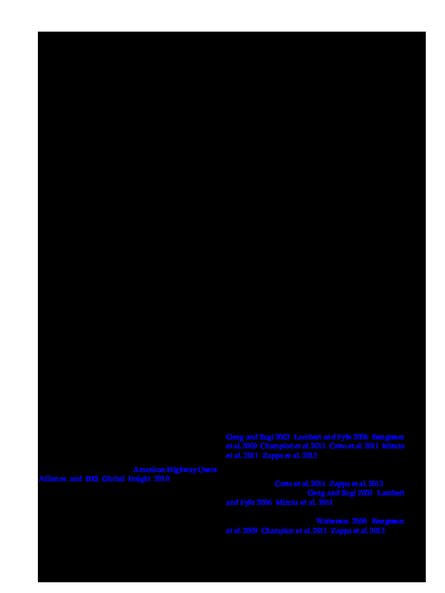
Previous studies investigating the impacts of climate change on extratropical cyclones have primarily focused on changes in the frequency, intensity, and distribution of these events. Fewer studies have directly investigated changes in the storm-scale dynamics of individual cyclones. Precipitation associated with these events is projected to increase with warming owing to increased atmospheric water vapor content. This presents the potential for enhancement of cyclone intensity through increased lower-tropospheric diabatic potential vorticity generation. This hypothesis is tested using the Weather Research and Forecasting Model to simulate individual wintertime extratropical cyclone events along the United States East Coast in present-day and future thermodynamic environments. Thermodynamic changes derived from an ensemble of GCMs for the IPCC Fourth Assessment Report (AR4) A2 emissions scenario are applied to analyzed initial and lateral boundary conditions of observed strongly developing cyclone events, holding relative humidity constant. The perturbed boundary conditions are then used to drive future simulations of these strongly developing events. Present-to-future changes in the storm-scale dynamics are assessed using Earth-relative and storm-relative compositing. Precipitation increases at a rate slightly less than that dictated by the Clausius–Clapeyron relation with warming. Increases in cyclone intensity are seen in the form of minimum sea level pressure decreases and a strengthened 10-m wind field. Amplification of the low-level jet occurs because of the enhancement of latent heating. Storm-relative potential vorticity diagnostics indicate a strengthening of diabatic potential vorticity near the cyclone center, thus supporting the hypothesis that enhanced latent heat release is responsible for this regional increase in future cyclone intensity.